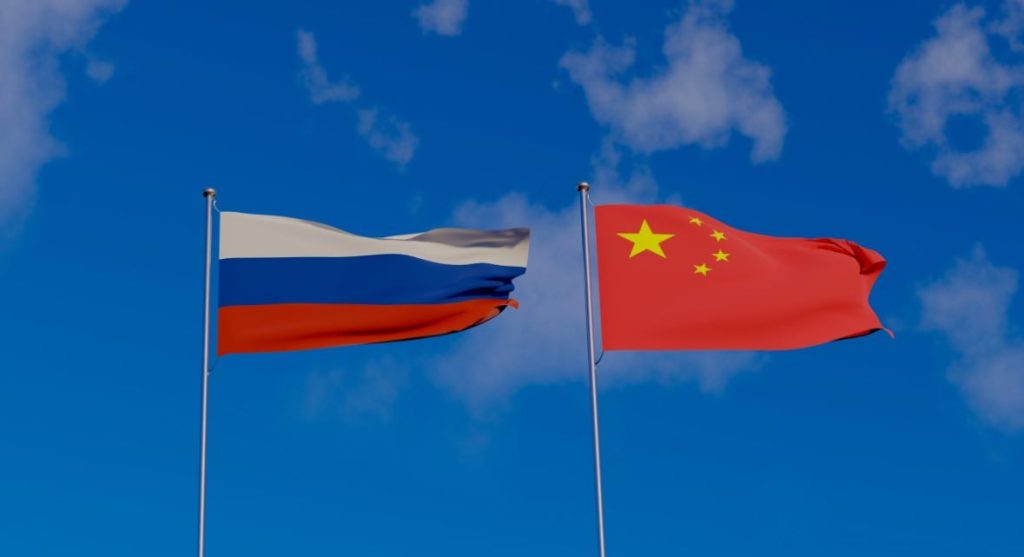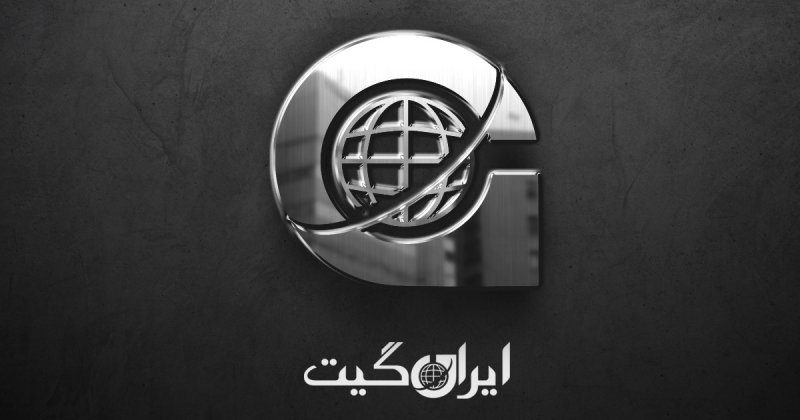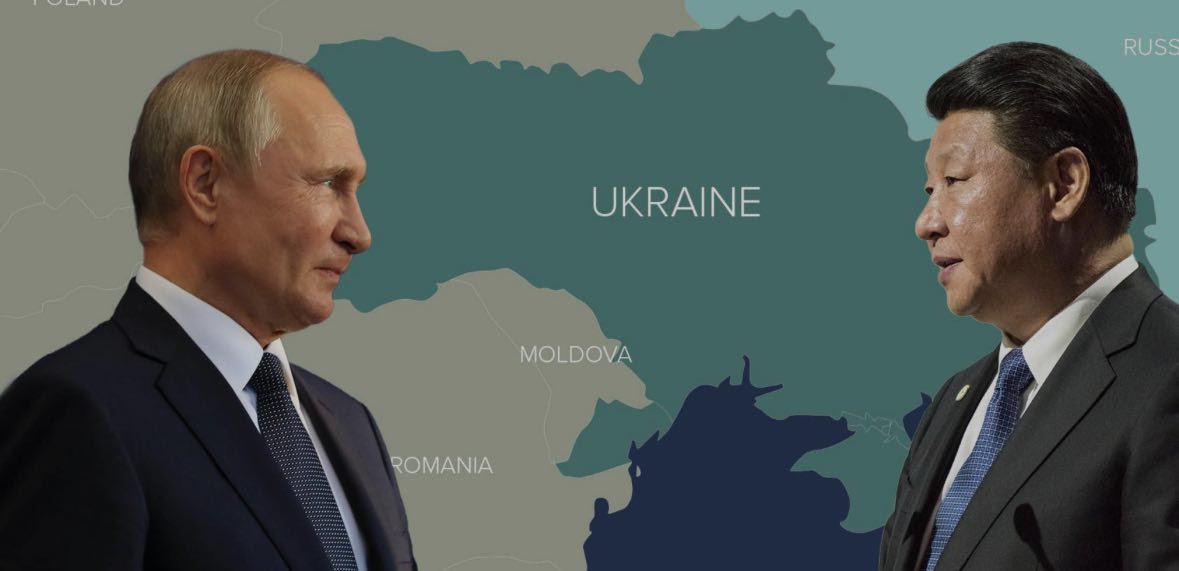Which is Iran’s true economic partner: China or Russia?
Which is Iran’s true economic partner: China or Russia?
According to Irangate News Agency, examining the trend of Iran’s foreign trade with its two major Asian partners, Russia and China, provides a precise picture of the fundamental differences in the structure, nature, and outlook of these relationships.
While political and security ties between Tehran and Moscow have strengthened in recent years, their economic relations remain limited and fragile. In contrast, trade cooperation between Iran and China has been built on mutual benefits and complementary structural needs, experiencing a stable, upward, and strategic trend over the past two decades.
This report delves into the deep structural, geopolitical, and economic differences in Iran’s relations with these two powers, assessing the strategic capacities of each for the future of Iran’s economy.
Iran’s trade with Russia and China: a deep look into strategic and structural differences

Iran’s trade relations with the global powers Russia and China provide a clear picture of the fundamental differences in the structure, nature, and outlook of Iran’s economic cooperation. While the political and security closeness of Tehran and Moscow has been repeatedly emphasized, their economic relations remain limited and non-strategic.
In contrast, Iran-China trade cooperation has expanded over the past two decades based on mutual economic needs and has become a model of sustainable partnership.
Both Iran and Russia are major exporters of oil and gas, and this structural similarity has led to competition in global markets rather than synergy.
Especially after the start of the Ukraine war, Russia, due to international sanctions, offered a large portion of its oil at a discount to Asian markets, including China and India. This trend reduced Iran’s share in these markets and intensified the competition between the two countries in energy exports.
In 2023, the trade volume between Iran and Russia was estimated at about $42 billion, mainly including imports of grains, basic metals, petrochemical products, and some machinery from Russia.
In contrast, Iran-China economic relations have a complementary structure. China is the world’s largest energy importer, and Iran is considered one of the important suppliers of crude oil for this country. Even under severe Western sanctions, China has maintained its oil imports from Iran using complex financial and transportation routes. Estimates show that in 2023, Iran exported between 900,000 to 1.1 million barrels of oil daily to China, with an annual value exceeding $32 billion, highlighting the significant gap between Tehran-Beijing relations and Iran-Russia’s limited relations.
China also stands as the main supplier of consumer, intermediate, and capital goods for Iran, ranging from household appliances and clothing to industrial machinery, heavy equipment, and modern technologies. Iran’s import basket from China is diverse and extensive.
The bilateral trade volume between Tehran and Beijing in 2023 was announced at around $15 billion, more than three times the trade volume with Russia. These figures indicate that Iran-China trade relations are based on real economic needs and mutual structural connections, enjoying greater stability.
The 25-year comprehensive cooperation agreement between Iran and China, signed in recent years, has laid a foundation for developing relations in areas such as energy, infrastructure, transportation, and technology.
This agreement can transform Iran into a key player in China’s Belt and Road Initiative, a program aimed at connecting East Asia to Europe through land and sea corridors. In this framework, Iran, given its geographical location and logistical capacities, can become a vital link in the global supply chain.
On the other hand, Iran-Russia economic cooperation is mostly limited to specific projects like the Bushehr power plant and railway or energy projects. The lack of a broad flow of goods and services and the lack of diversity in trade exchanges show that the economic relations between the two countries remain at a basic level.
Moreover, the similar economic structure of the two countries—both based on raw energy exports—has prevented the formation of complementary and long-term links.
From a geopolitical perspective, the two countries’ approach to Iran is also different. Russia, in light of Western sanctions and the need for alternative routes for energy exports, views Iran more as a passageway rather than a long-term economic partner.
In contrast, China, by investing in Iran’s port, rail, and industrial infrastructure, seeks deeper integration with the regional and global economy and considers Iran as part of its strategic roadmap in its projects.
Even at the height of sanctions, Iran-China economic relations have maintained their stability, while relations with Russia have been more subject to political and security developments, lacking sustainable growth.
Competition in the energy sector has also created friction between Tehran and Moscow, while Iran-China relations have a more synergistic nature. China is not only a customer of Iranian oil but also a main source of imported goods and technology, a combination that shifts the relationship from unilateral dependency to more balanced interaction.
Based on the analysis of trends and trade data, the conclusion is clear: the future of Iran’s foreign trade is more tied to China than any other country. This relationship is not only built on mutual needs and complementary structures but also has greater potential for sustainable development and long-term partnerships than any other option.
In conditions where Russia, due to its similar economic structure and competition in the energy market, cannot be a desirable and complementary trade partner for Iran, China offers extensive opportunities for developing cooperation in downstream industries, technology, investment, and logistics.
Iran should smartly leverage its geopolitical position on the Belt and Road route and focus on joint projects with China to solidify its position in the global supply chain.
Such a strategy not only leads to diversification in the national economy but can also increase Iran’s share in the global economy and reduce dependency on limited export resources. Choosing China as a strategic partner is an economic and geopolitical decision that can be a driving force for sustainable growth and strengthen Iran’s regional role.

